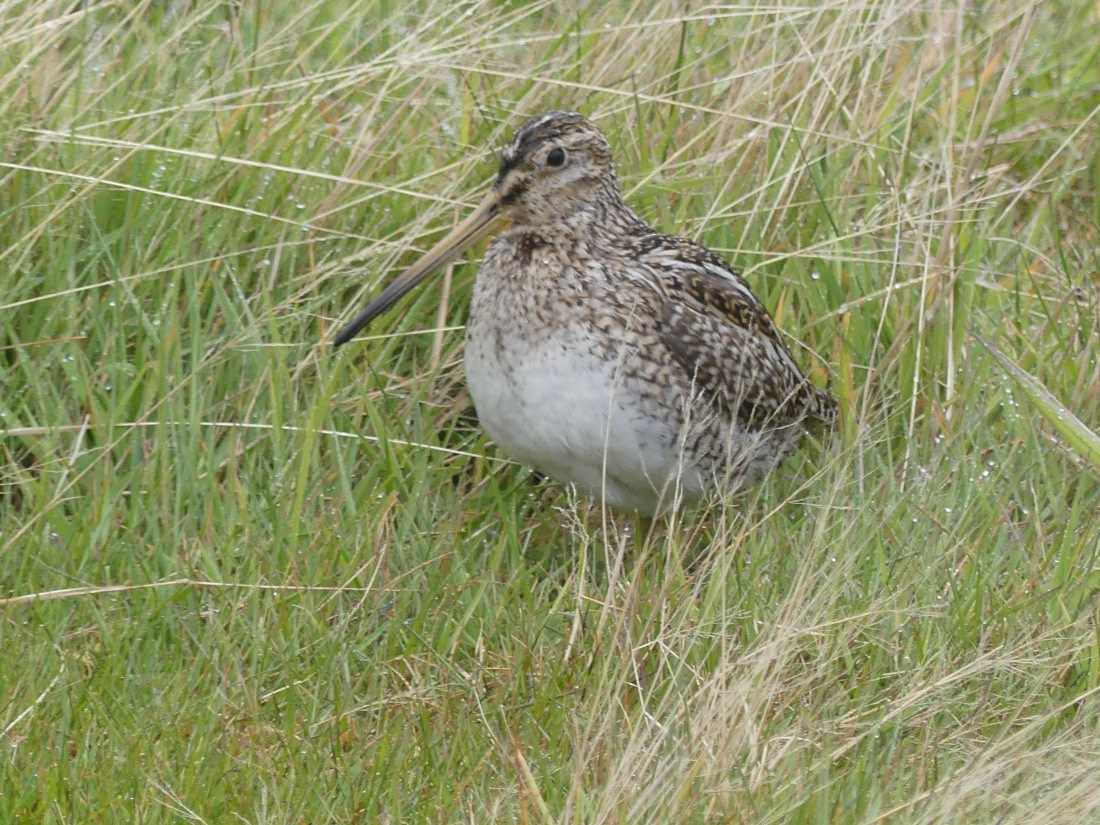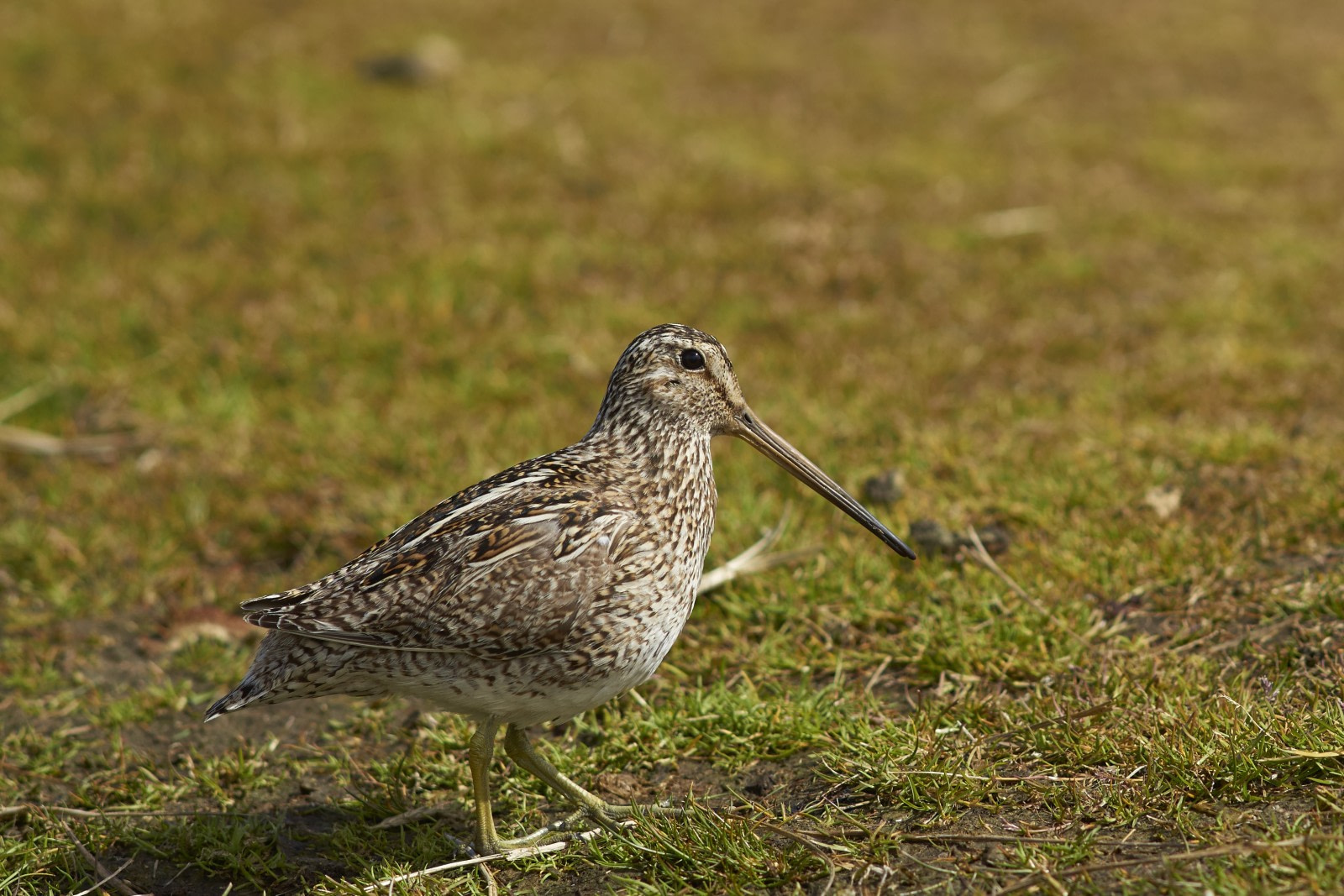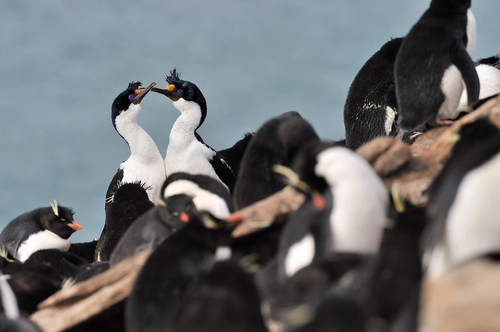Name: Magellanic Snipe, South American Snipe, Paraguayan Snipe (Gallinago magellanica magellanica)
Length: 31 cm
Weight: 110 grams
Location: South America, Falklands.
Conservation status: Least Concern.
Diet: Small invertebrates (grubs, earthworms, etc.)
Appearance: Speckled yellow, white, brown, and black, with darker tops and lighter undersides. They have a long, skinny, pointed bill around 70 mm, greenish-yellow with a black tip. Legs and feet are yellowish-green, with juveniles having bluer legs. Difficult to distinguish from the Common Snipe.
How do Magellanic Snipe feed?
Magellanic Snipe hunt for bugs and invertebrates in mud by probing with their flexible bills, detecting denser prey.
Are Magellanic Snipe social?
Magellanic Snipe are generally solitary outside of mating and juvenile training seasons.

What are Magellanic Snipe birthing rituals like?
Mating season starts in May. Males claim territory, call from elevated spots, and perform aerial displays. Nests are built in grassland hollows, lined with grasses. Laying season is from August to November, with 2-3 eggs per clutch. Both parents incubate for about 19 days. Hatchlings are precocial and join parents in hunting within days.
How many Magellanic Snipe are there today?
There are an estimated 8,000 breeding pairs on the Falklands. No official worldwide population count exists.
3 Bonus Magellanic Snipe Facts
- Magellanic Snipes have excellent camouflage and often stay still to avoid detection.
- There is debate about whether they should be split into two subspecies: northern Paraguayan and southern temperate Snipes.
- They are hard to distinguish from the Common Snipe, but spotting one in lowlands between May and September likely indicates a Magellanic Snipe.






Related Trips



15 Falkland Islands Bird Photos






 19 Days / 18 Nights
19 Days / 18 Nights



